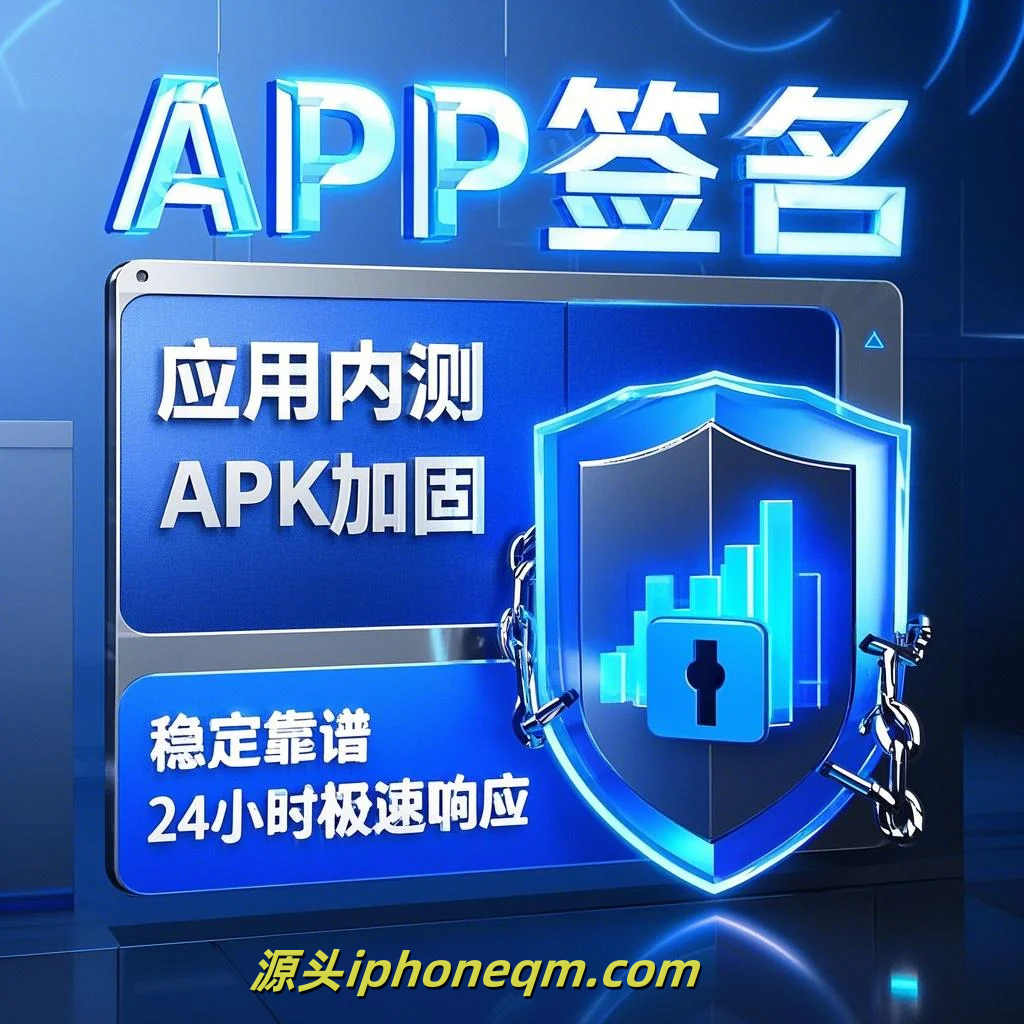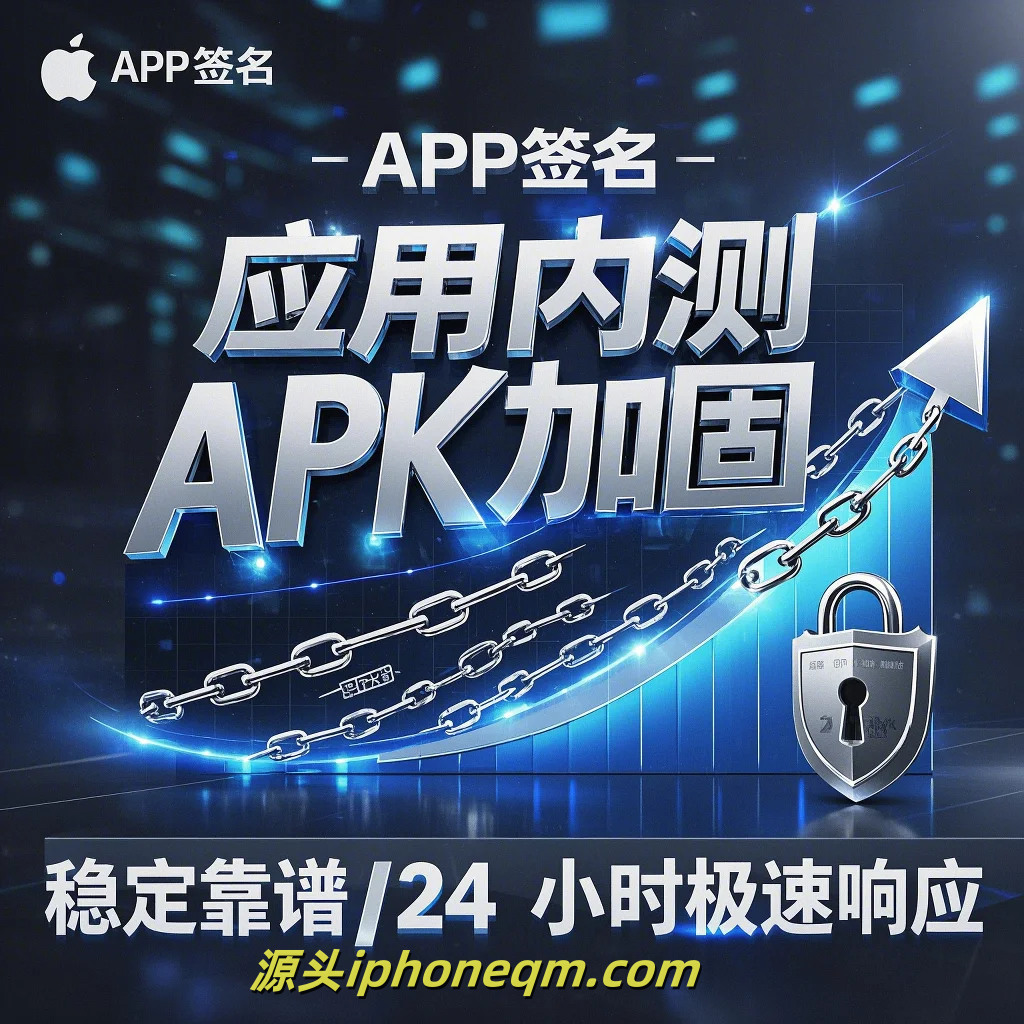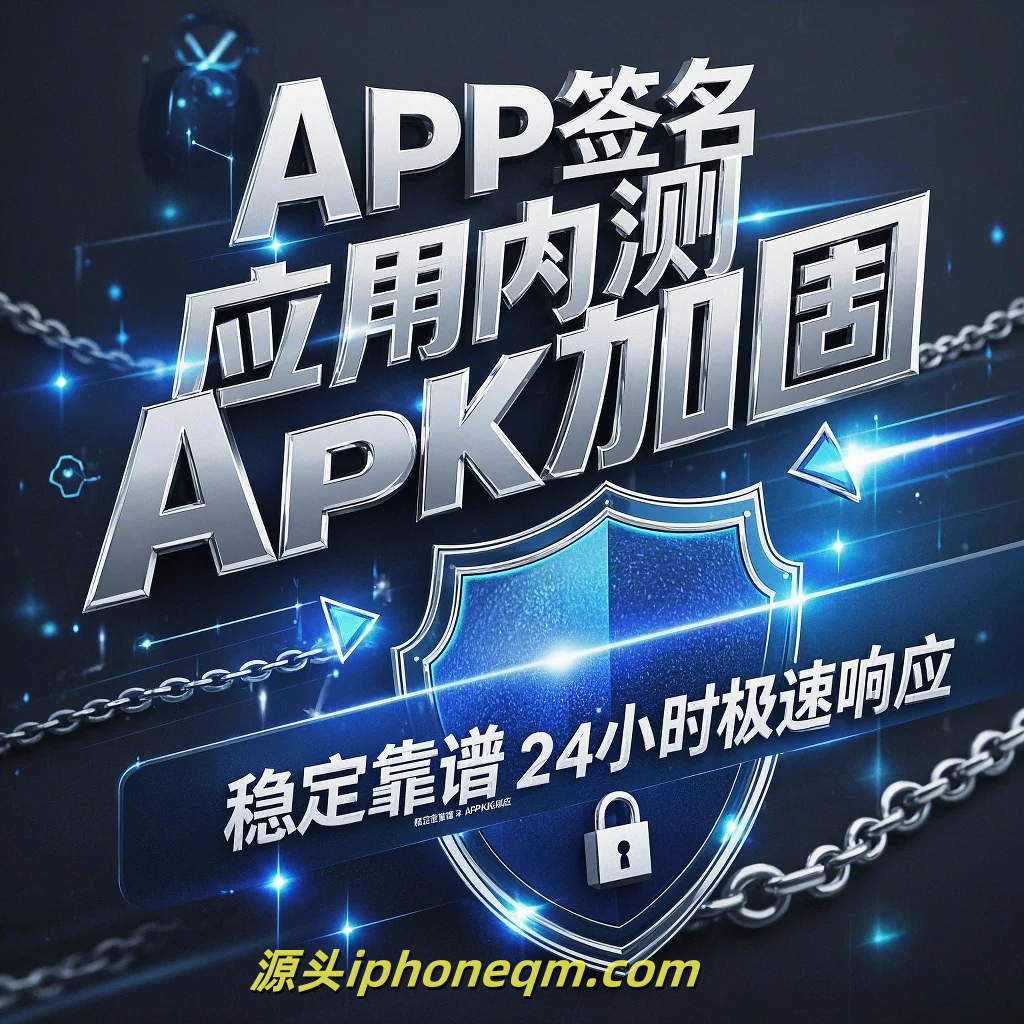Essential Insights into iOS Signing Policies
In the ever-evolving world of mobile application development, understanding iOS signing policies is crucial for developers looking to create and distribute apps on Apple’s platform. At its core, iOS signing involves a set of rules and protocols that ensure applications are secure, properly identified, and compliant with Apple's guidelines. This article aims to provide essential insights into these policies, emphasizing their importance and the steps developers must take to navigate them effectively.
Firstly, iOS signing policies are designed to maintain the integrity of the operating system and protect user data. Each application must be signed with a valid certificate issued by Apple, which verifies the identity of the developer. This process not only authenticates the application but also prevents unauthorized modifications. By ensuring that only trusted developers can distribute apps, Apple mitigates the risk of malware and enhances user trust in the iOS ecosystem.
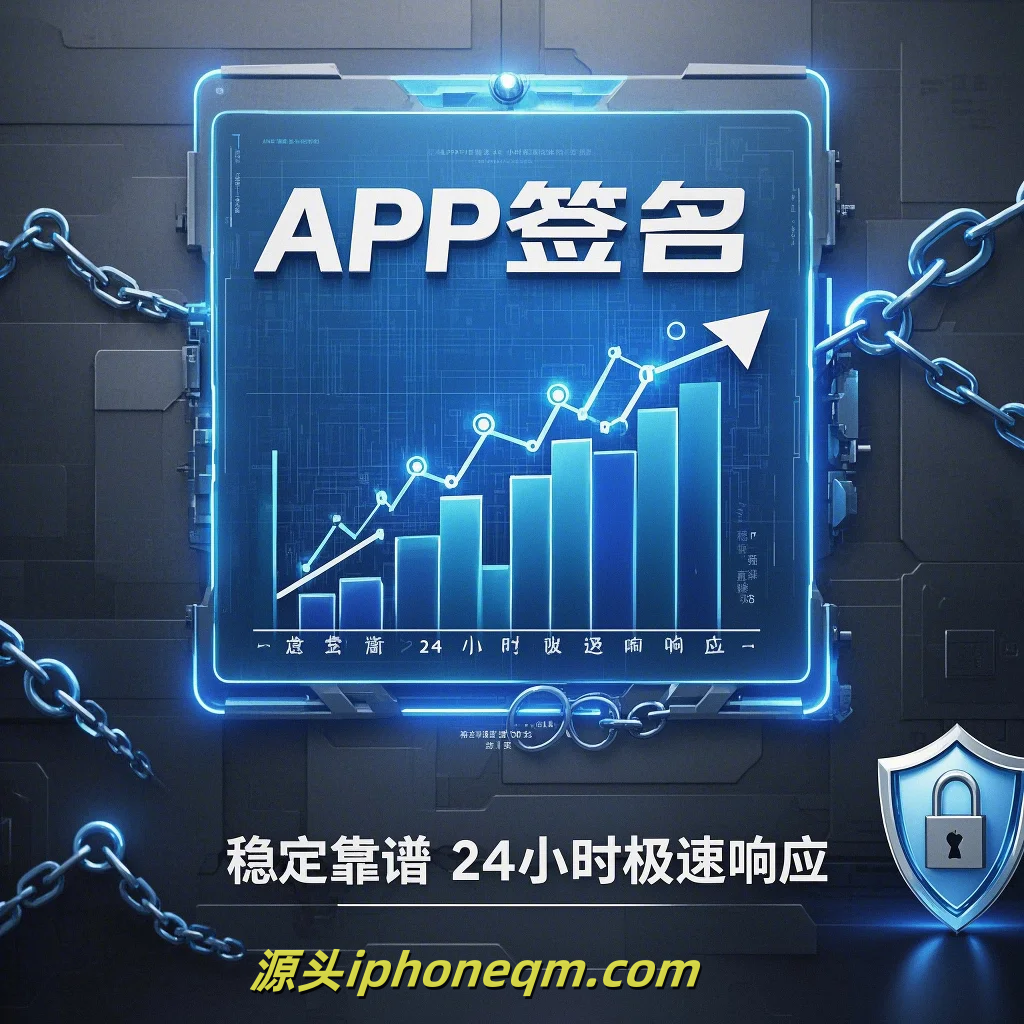
To begin with, developers must enroll in the Apple Developer Program to obtain the necessary certificates and signing identities. This program offers various membership options, including individual and organizational memberships. Each option has its benefits, such as access to beta software, advanced app capabilities, and the ability to distribute apps on the App Store. Once enrolled, developers can create signing identities and provisioning profiles, which are essential for testing and distributing applications.
Provisioning profiles establish a link between the app and the device on which it will run. They contain information about the app’s bundle identifier, the signing certificate, and the devices allowed to run the app. Developers must generate the appropriate provisioning profiles based on their testing and distribution needs, whether for development, testing, or App Store deployment. This process ensures that the app is correctly identified and authorized for use on specified devices.
Moreover, understanding the difference between development and distribution signing is critical. Development signing is used for testing apps on physical devices, allowing developers to debug and refine their applications in a real-world environment. In contrast, distribution signing is required for submitting apps to the App Store or distributing apps through enterprise channels. Each signing method has its unique configurations, and developers must follow Apple's guidelines to avoid rejections during the app review process.
It is also essential for developers to stay updated on Apple’s changes to signing policies, as the company frequently revises its requirements. For example, Apple has introduced new policies around app privacy, data usage, and security that developers must adhere to. Failure to comply can result in application rejection during the review process or even the suspension of developer accounts. Therefore, developers should regularly review the Apple Developer documentation and support resources to ensure they are aligned with current policies.
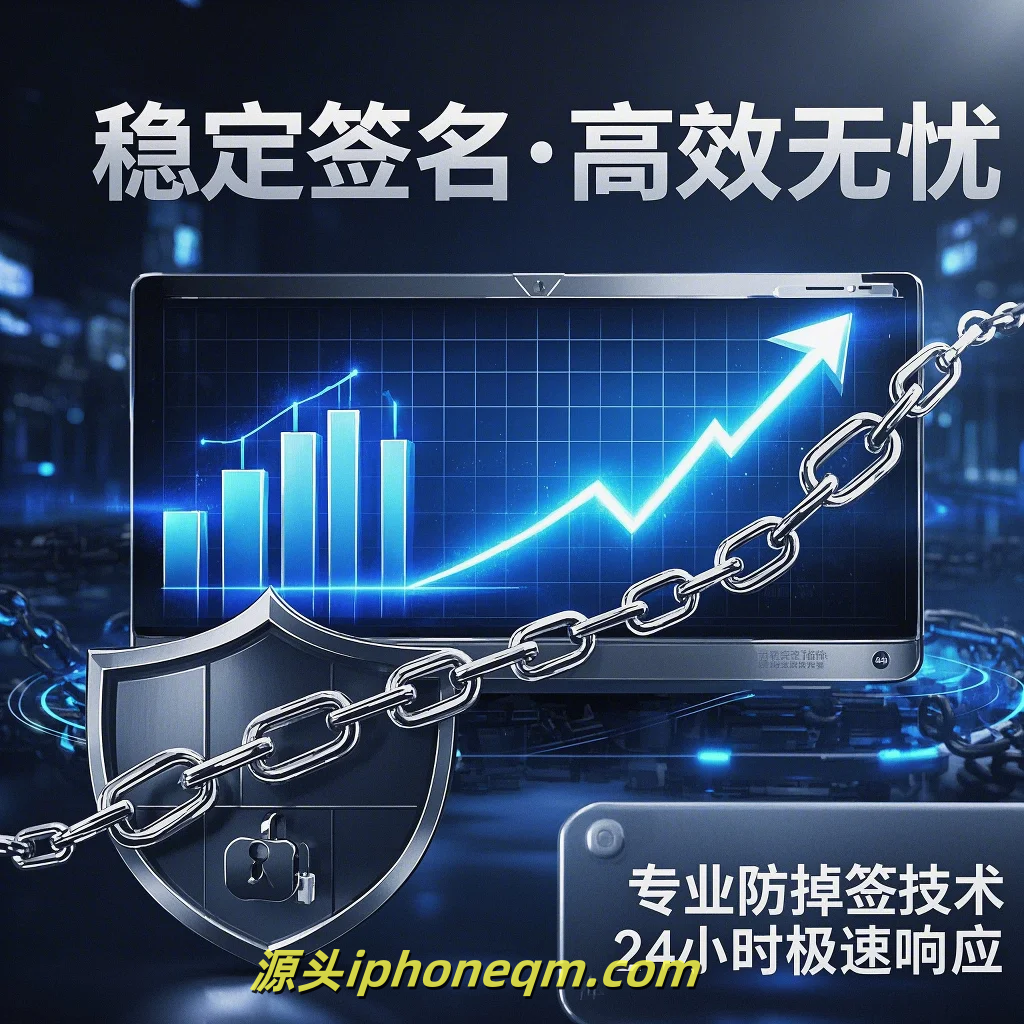
Furthermore, automating the signing process can significantly enhance efficiency for development teams. Tools like Fastlane can streamline signing and deployment, allowing developers to focus more on coding and less on administrative tasks. Utilizing automation not only saves time but also reduces the chances of human error, resulting in a smoother development process.
In conclusion, a solid understanding of iOS signing policies is vital for developers aiming to succeed in the Apple ecosystem. By adhering to these policies, developers can ensure their applications are secure, reliable, and compliant with Apple’s stringent guidelines. This foundational knowledge will ultimately lead to a better development experience and increase the likelihood of successful app distribution and user satisfaction. Adapting to these policies not only safeguards their developers but also reinforces trust with users, making it a critical area of focus in mobile development.
扫描二维码推送至手机访问。
版权声明:本文由MDM苹果签名,IPA签名,苹果企业签名,苹果超级签,ios企业签名,iphoneqm.com发布,如需转载请注明出处。


